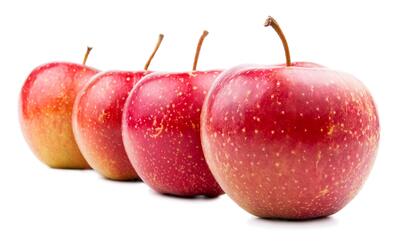Dry or mealy apples are often encountered in the winter, since these apples have been stored for a longer period of time and have thus lost more of their water content. When you juice these types of apples, the result will be closer to a mash than a juice. It doesn’t matter which type of juicer you use – centrifugal, single-auger, or twin gear – you’ll still end up with a puree that will clog the juicing screen.
Some tips for juicing winter apples
- Make sure to juice only the firmest apples. Also, juice them slowly and work in some carrots between apple pieces to keep the screen clean.
- Use Granny Smith apples.They are more firm and longer-lasting than other apples, and usually do well even after storage.
- If you have a Champion Juicer, these problems don’t apply. The Champion can handle these types of apples.








